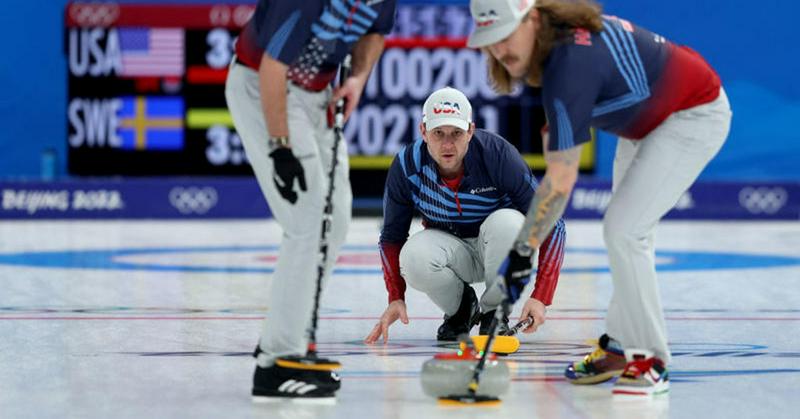The Origins Of Curling, That Olympic Sport We Only Watch Every Four Years
By | February 11, 2022

When the Winter Olympics roll around, fans tune in to watch the figure skaters, snowboarders, and downhill skiers, but what they love most is making fun of curling. It could be the slow pace of the sport or the dad bods of the athletes or the similarity to shuffleboard, but whatever the reason, folks love to become rabid curling fans and/or foes for two weeks every four years. But where does curling come from? And how did it become an Olympic event?
The Origins Of Curling
The exact origins of curling have been lost to history, but we do know that the sport is quite old. In fact, it is commonly considered one of the oldest team sports in the world. Most experts claim that curling originated in Scotland in the 16th century, when Flemish painter Pieter Bruegel depicted a group playing the sport on a frozen lake and Scottish notary John McQuhin recorded a curling challenge pitting a monk from the nearby Paisley Abbot named John Sclater against someone named Gavin Hamilton. Curling soon spread from Scotland throughout the United Kingdom and into the Scandinavian countries—basically, anywhere nearby where it was cold enough to play—and then to North America, thanks to an influx of Scottish immigrants.

Curling In The Olympics
For the first few centuries of its existence, curling was a casual sport, with the first curling club forming in 1716 in Kilsyth, Scotland, but once it caught on, it caught on fast. By 1807, the first Canadian curling club was established in Montreal, becoming the first organized sporting club in North America, and just 20 years later, the first curling club in the U.S. was formed in Pontiac, Michigan. The rules varied from location to location until 1838, when Scotland's Royal Caledonian Curling Club published the first official set of rules for the sport.
It was another near-century, however, until the game dipped its toes in the Olympics. It made its Olympic debut at the 1924 games in Chamonix, France, where the gold medal was won by the all-Scottish team from Great Britain, but for several more decades, the game was considered only a "demonstration" sport. Finally, at the 1998 Winter Olympics in Nagano, curling was granted full recognition as an Olympic event.

